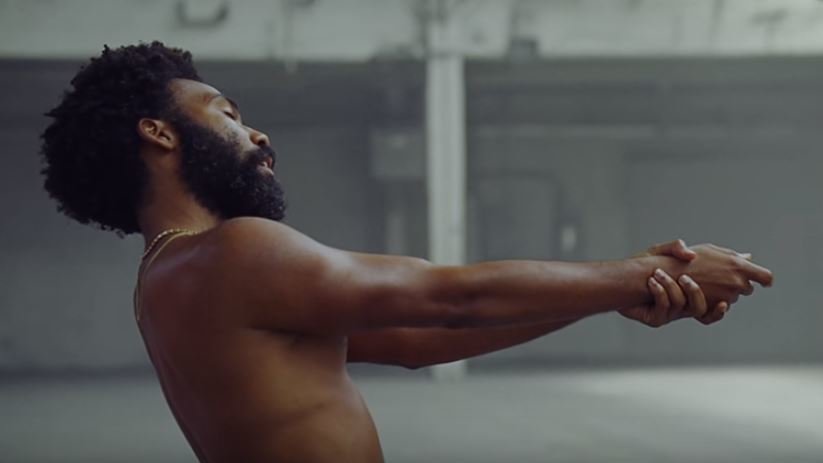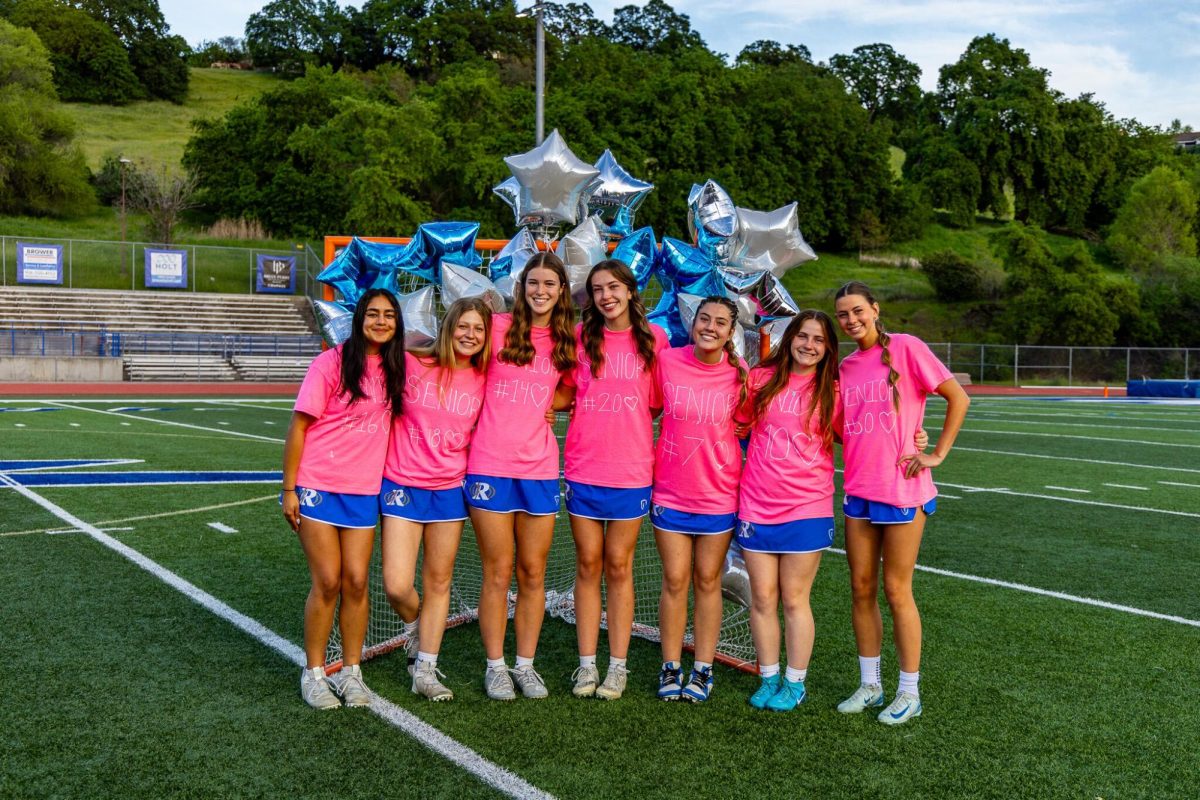This is America
Donald Glover Gives a Glance Behind the Curtains of America
June 1, 2018
After merely a week, Childish Gambino’s This is America music video has become a cultural sensation, taking over the internet and racking up more than 211 million views. Through profound symbolism and hidden messages, he makes a bold statement about gun violence in America and how entertainment is used to keep the general public distracted with the way people obsess over black culture while simultaneously ignoring the harsh realities they face.
Though there lies significant symbolism behind what appears in the front line throughout the video, what they are distracting from is the real point that Gambino was getting to. The purpose behind this phenomenon is how the audience doesn’t take into take into account the chaos in the background when reimbursed in the entertainment of the dance, which in some way symbolizes black culture.
The rioting and the burning of the cars, especially the police car, and the chaos taking place in the background refer to the nation wide uprisings occuring in cities like Baltimore and Ferguson in response to police brutality and the unjustified murders of innocent black youth.
In the video, Gambino further represents America in a number of ways.
Right off the bat, Gambino’s simple appearance suggests that he could be anyone. Music videos usually feature the artist adorned in expensive clothing and jewelry to make a statement about their wealth and success. Gambino, however, is presented modestly and unembellished.
Though he is only wearing gold chains and a simple pair of pants, similarities have been drawn between the pair that he is wearing and the style of confederate pants. Since he is an embodiment of America, the confederate pants are a statement about the mindset of America and the racial affairs within the country.
Dancing and facial expressions also effectively distract from chaos and violence that was happening in the background
When the music starts, it carries a light hearted tone as Gambino walks over with exaggerated dance moves and facial expressions, until he all of a sudden stops, strikes a pose, pulls out a gun and shoots a man sitting in a chair, playing a guitar.
A new beat abruptly takes over, and along with the gun shot being fired, serves as a tonal shift.
The body of the man is left out for a few seconds and then dragged away; the gun is carefully handled in a red handkerchief.
This scene first unveils the similarities of Gambino’s posing and movement to the caricature of Jim Crow. It additionally symbolizes the red states of America in the red handkerchief and the way they take care of the guns while carelessly disposing of the bodies of those killed, showing how firearms are valued more than human life.
With distractingly exaggerated dance moves, Gambino is then joined by a group of school children in uniforms dancing around and celebrating all while distracing from chaotic riots in the background.
This scene draws a parallel between the innocence of dancing children and how it could all come to an end with the occurrence of a school shooting.
Further interpretation of the scene also associates the experiences of black children in America to those under the apartheid, the system of racial segregation and discrimination out in place in South Africa.
Some have also come to the conclusion that the warehouse atmosphere where the video is shot represents a prison, which could be pointing to the school to prison system and the cycle of incarceration that black people are systematically placed under.
Gambino further alludes to the glorification of gun violence in contrast with self defense. Guns in general are fairly impactful topics in rap and hip-hop, which creates a false illusion associated with African Americans and guns.
Furthermore, at 1 minute and 40 seconds, the scene changes to Gambino entering a room, joyfully dancing. The room consists of ten African American church choir singers singing an upbeat tune. He stops abruptly as his facial expression turns dark before he grabs a gun and shoots the singers without hesitation. This scene is a reference to the Charleston church shooting that occured in 2015, milling 9 and injuring 1.
The persona displayed by Gambino is either dancing or killing, and when he does go back to his dance, a major symbol in the background is a dark figure riding on a white horse, followed by a police car.
This biblical allusion is of Revelation 6:8 as it states, “And I looked, and behold a pale horse: and the name that sat on him was Death, and Hell followed with him.” Death always looming above and the police symbolizing hell are one interpretation.
Moreover, the horseman is to represent that of the apocalypse mentioned in the bible, which further alludes to the uprisings across the nation and the protests.
One noteworthy piece of symbolism is present in the 17 second break from music between 2:44 and 3:01. This is meant to represent 17 seconds of silence dedicated to those who lost their lives in the Parkland shooting this past February.
Much of Gambino’s writing consist of double meanings. One of these instances includes the lyric “this a celly, that’s a tool.” One interpretation of the word “celly” is that it references a jail cell, further making a connection between schools and prisons, and how black youth are placed in a system that puts them in continuous incarceration.
Another viewpoint stems from the idea that “celly” is short for cell phone.
A few months prior to the release of this song, Stephon Clark, a 22 year old African American man, was shot and killed by law enforcement. The police were said to have believed that the cell phone that Clark was holding was actually a gun. This perspective is further supported by a future lyric that states, “I kenneled him in the backyard,” alluding to the fact that Clark was shot in his own grandparents’ backyard.
The ending scene is a depiction of Gambino, surrounded by darkness, running towards the light. The dar representing ignorance and the light being knowledge and enlightenments, is one interpretation of the scene. Furthermore, a group full of primarily white people chase after him, prompting some to assume that the scene represents white people chasing after black culture.















